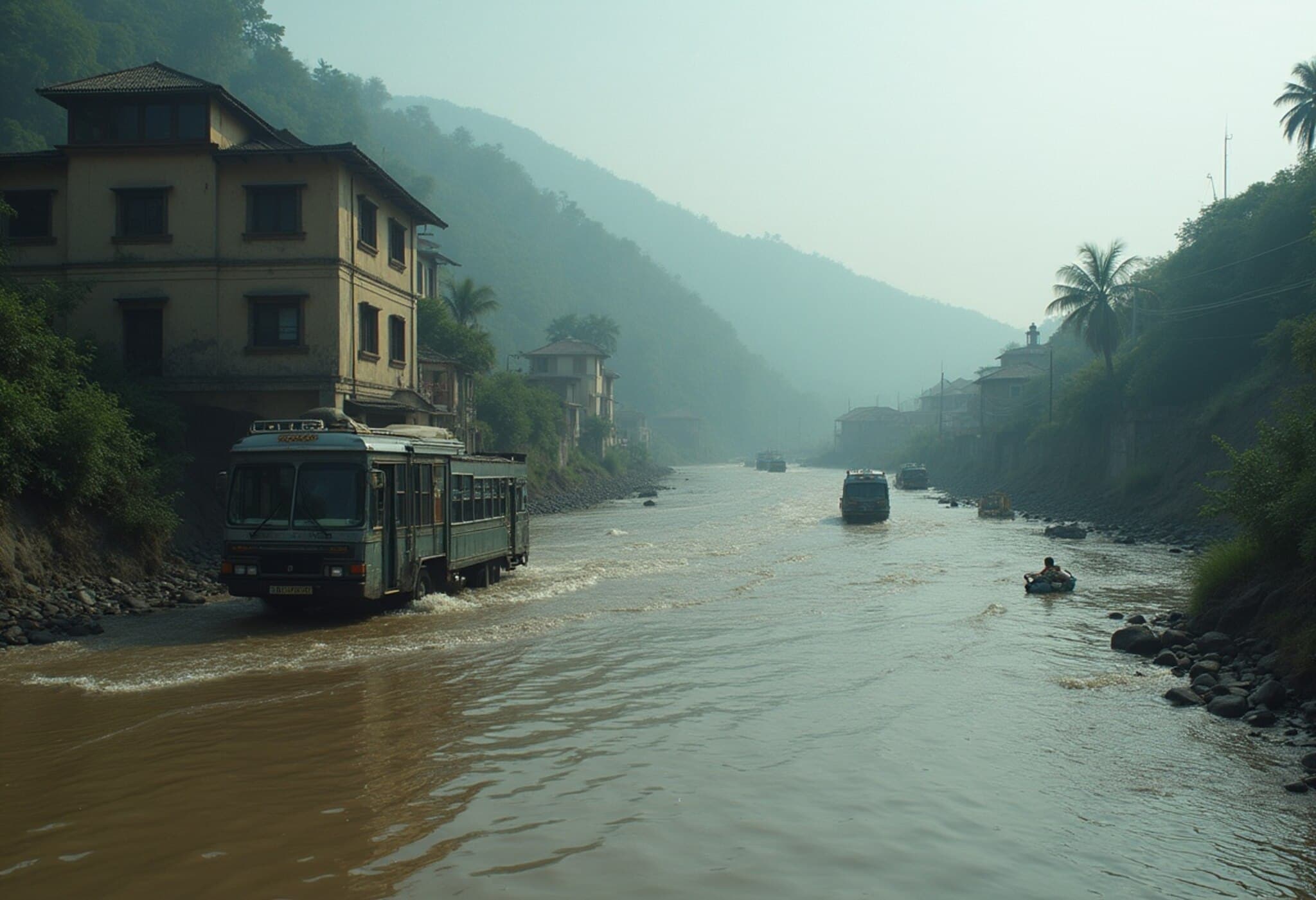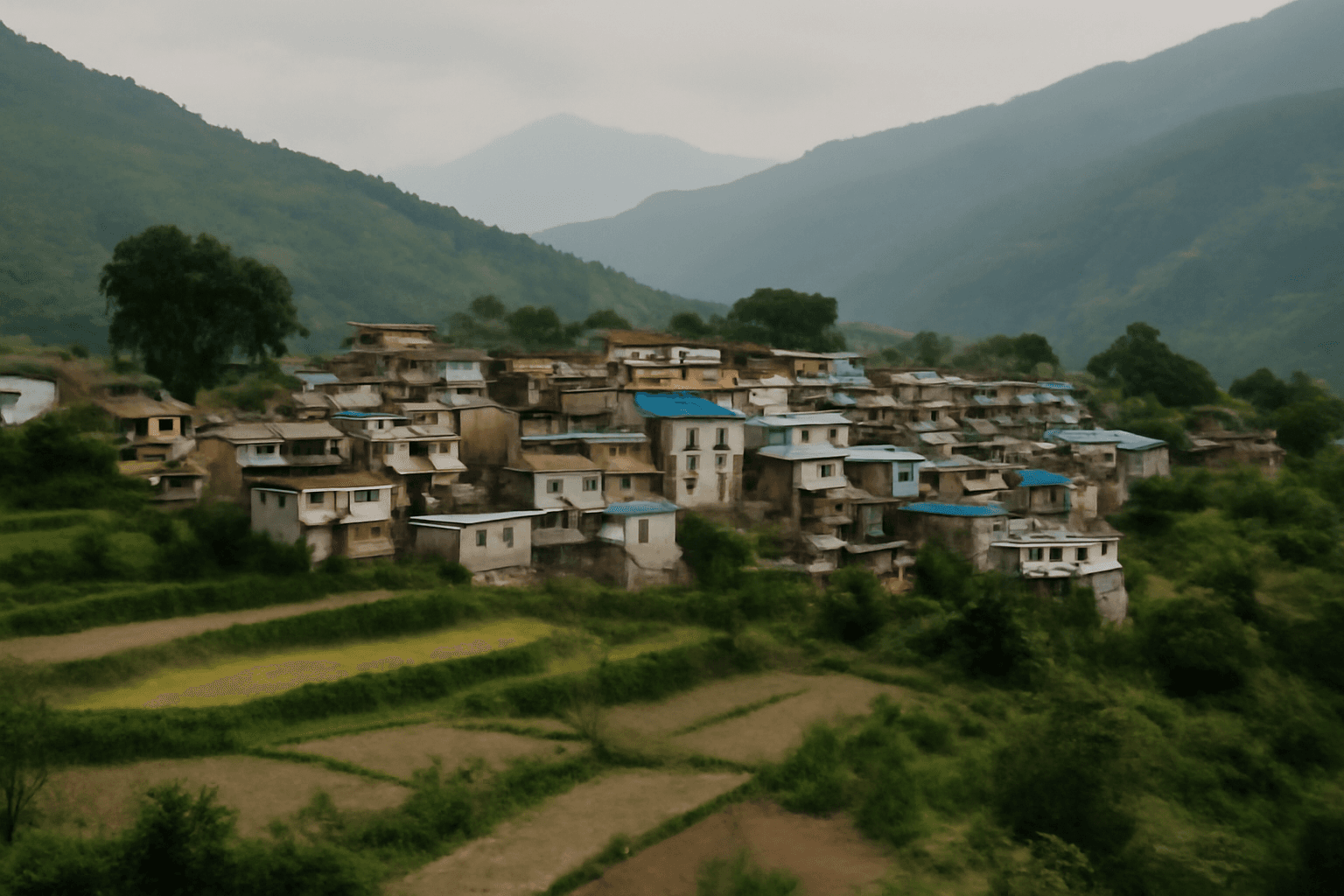India Sends Critical Flood Warning to Pakistan Over Tawi River Risks
In an extraordinary move highlighting ongoing challenges posed by monsoon-season flooding, India has issued a fresh flood warning to Pakistan concerning the Tawi river, following heavy rainfall in northern India. This alert comes as dam authorities were compelled to release excess water to safeguard infrastructure, raising the likelihood of river spates downstream.
The Situation on the Ground
Officials report that more than 150,000 people have already been evacuated in Pakistan’s Punjab province—one of the country’s key agricultural regions—due to flood threats along vital waterways including the Sutlej, Beas, and Ravi rivers. The recent water release affects not only these rivers but also raises concerns over the Tawi river, which originates in India’s Himalayan region before flowing into Pakistan-administered Jammu and Kashmir.
According to sources familiar with flood management efforts, India issued warnings on August 26 and 27, underlining the high probability of flooding. These alerts were conveyed through channels maintained despite tense bilateral ties and a recent suspension of routine data sharing per the Indus Waters Treaty protocols, a framework governing water rights between both nations.
Humanitarian Outreach Amid Political Strains
The Ministry of External Affairs in India emphasized that these warnings were sent strictly on humanitarian grounds—with the immediate goal of minimizing loss of life in Pakistan. This gesture stands out, especially given the backdrop of recent cross-border tensions following a terror attack in Pahalgam this April, which had led to a freeze in routine hydrological data exchange.
Local footage captured near the Noseri Dam in Muzaffarabad, capital of Pakistan-administered Kashmir, shows residents collecting firewood in the aftermath of flash floods—underscoring the continuing vulnerability and disruption the floods have wrought on affected communities.
Monsoon Impact and Regional Challenges
Pakistan has been grappling with severe monsoon-related disasters; between June 26 and August 20, the country faced widespread floods that caused 788 deaths and injured over 1,000 individuals. The National Disaster Management Authority (NDMA) has cautioned that heavy rains are forecast to continue until August 30, further complicating relief and response efforts.
Reuters reports that the compounded effect of India’s dam water releases alongside persistent monsoon precipitation poses a substantial threat to Punjab’s infrastructure and livelihoods. This situation underscores the transboundary nature of water crises and the importance of cooperative disaster mitigation, especially in politically sensitive regions.
Expert Insight: Navigating Flood Diplomacy
From a policy perspective, the recent developments reflect the complex intersection of environmental risk, bilateral diplomacy, and humanitarian responsibility. Experts highlight that while the Indus Waters Treaty provides a legal mechanism for managing shared water resources, extraordinary circumstances like floods demand flexible communication channels to prevent disasters. Damage to trust between India and Pakistan complicates these efforts.
Climate scientists also warn that climate change is intensifying monsoon patterns in South Asia, making such flood events more frequent and severe. This reality presses governments on both sides to innovate flood forecasting, emergency preparedness, and cooperative data sharing—even amidst political challenges—to safeguard millions.
Looking Ahead
As the region braces for more heavy rains, the pressing questions remain: How can India and Pakistan enhance pragmatic cooperation on disaster management? What roles can international organizations play in fostering dialogue and resilience? And how can vulnerable communities better adapt to increasingly volatile climate patterns?
Editor’s Note
This unfolding humanitarian situation along the India-Pakistan border is a stark reminder of how environmental crises transcend political divides. While flood warnings and evacuations save lives today, greater investment in transnational collaboration and climate adaptation strategies is urgently needed to confront the escalating challenges posed by South Asia’s monsoon dynamics. Readers are encouraged to reflect on the human dimensions behind these alerts and consider the broader implications for regional peace and security.











